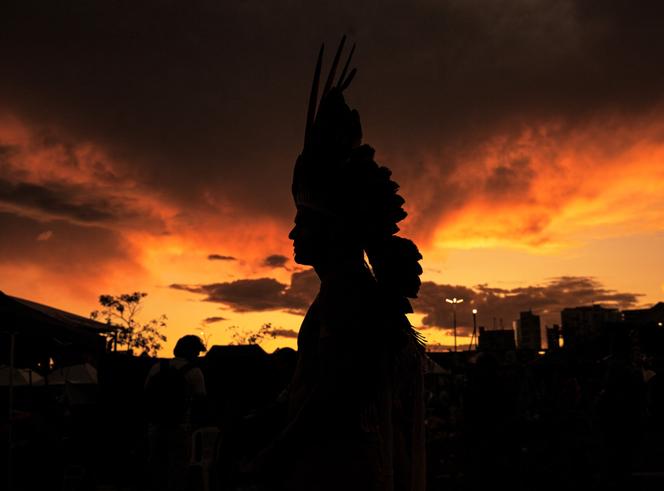Letter from Ceará (Brazil)

At the Casa Grande Foundation in Nova Olinda (Ceará), visitors were guided by a local girl barely 10 years old. With a badge hanging around her neck, Ana Beatriz Cordeiro proudly led guests through the museum’s rooms, recounting the history of her region and celebrating its Indigenous populations. The remains of an Igaçaba funerary urn sat alongside photos of ancient cave paintings and illustrated legends, such as that of the «enchanted lagoon»: an evocation of a prehistoric era when the sea reached into the heart of these semi-arid lands.
But the ocean is far away. Deep in the Sertão, the semi-desert region of Brazil’s Nordeste (Northeast), Nova Olinda is a small town of 15,000 people, located 500 kilometers from the Atlantic. Yet it is home to one of the region’s most comprehensive cultural centers: the Casa Grande, a former farm painted sky blue, which includes a library, theater, café, museum and archaeological laboratory. In support of local youth, the institution promotes the heritage of the Kariri (or Cariri), an Indigenous people emblematic of the Northeast. «I believe in social and inclusive archeology!» said Alemberg Quindins, who founded the center in 1992. «Indigenous people are the first inhabitants of this region,» insisted the energetic sixty-something. «Children need to make this past their own.»
You have 75.88% of this article left to read. The rest is for subscribers only.
